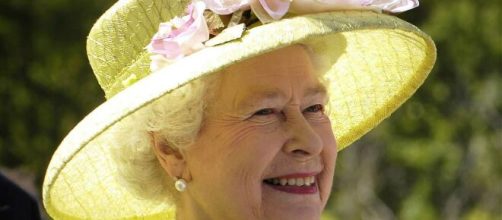On Thursday, August 26, 2021, the National Gallery announced aspects of a memorial 2022 exhibition marking Lucian Freud's birth centennial. The exposition will feature his most important works from his career, which traversed seven decades. The exhibition's main intention was to "present new views on Freud's art, concentrating on his incessant and relentless dedication to the art of painting," the Gallery said.
According to The Times, more than two decades have passed since Lucian Freud's portrait of Queen Elizabeth II was subjected to a rage of appreciation and ridicule, and people will be discussing it again when it appears on display at the National Gallery next year.
Many thought the portrait presented the queen look like one of her corgis.
Freud personally presented his painting to the queen. According to the final book of William Feaver's life of Freud, published last year, the queen did not tell what she thought of it but looked very charmed. She said to Freud, "It's very nice of you to do this. I really enjoyed watching you mix your colors." The Guardians noted that Elizabeth II is providing a painting from the royal collection for a presentation at the National Gallery. Exhibit curator Daniel F. Hermann said Freud had an "unwavering eye and uncompromising commitment" to his work, forming allegorical classics that have continued to encourage modern artists.
Who are you, Lucien Freud?
The first question people unfamiliar with the history of modern art ask when they hear the name "Lucien Freud" is whether he is simply the namesake of the founder of psychoanalysis or a relative of his? He is not just a relative but the native grandson of Sigmund Freud, son of the architect Ernst Ludwig Freud and Lucy Freud (maiden name Brasch).
The second question, which usually follows the first, is whether psychoanalysis influenced his life and work. The answer here is not so simple, but if you consider that his mother once tried to commit suicide, where could her son look for the solution to this if not in his grandfather's teachings? A typical detail is that Lucien Freud spent 4,000 hours on a series of portraits of his mother.
The art of Lucian Freud
Lucien Freud, since the 1970s, is considered, at least in Britain, where Sigmund Freud and his family emigrated before World War II, one of the most outstanding artists of the century. And, accordingly, one of the most expensive - his paintings are worth tens of millions of dollars.
It is essential to consider another detail - the artist wrote his portraits when the dominant Western non-figurative art, that is, went against the flow. Another thing is that his paintings, not all would call entirely realistic - but this is another side of the issue. In any case, he was as ruthless to himself, as can be seen in his self-portrait, as he was to his models. The same can be said of the famous portrait of Queen Elizabeth II, completed by Freud in 2001, about which writes The Guardian.
It is believed to be the only portrait that Freud did not paint from life - but nevertheless, a photograph (most likely staged) with Elizabeth II as a model does exist. The press received the work ambiguously. In particular, they wrote that the Queen in the portrait "looks like a corgi" (recall that the corgi is her favorite breed of dog). One way or another, the picture went into the Queen's collection of paintings. And now Elizabeth II is lending it to an exhibition of Freud's works, which is opening in London for the centenary of the artist's birth, which speaks, at the very least, of her great sense of humor.


